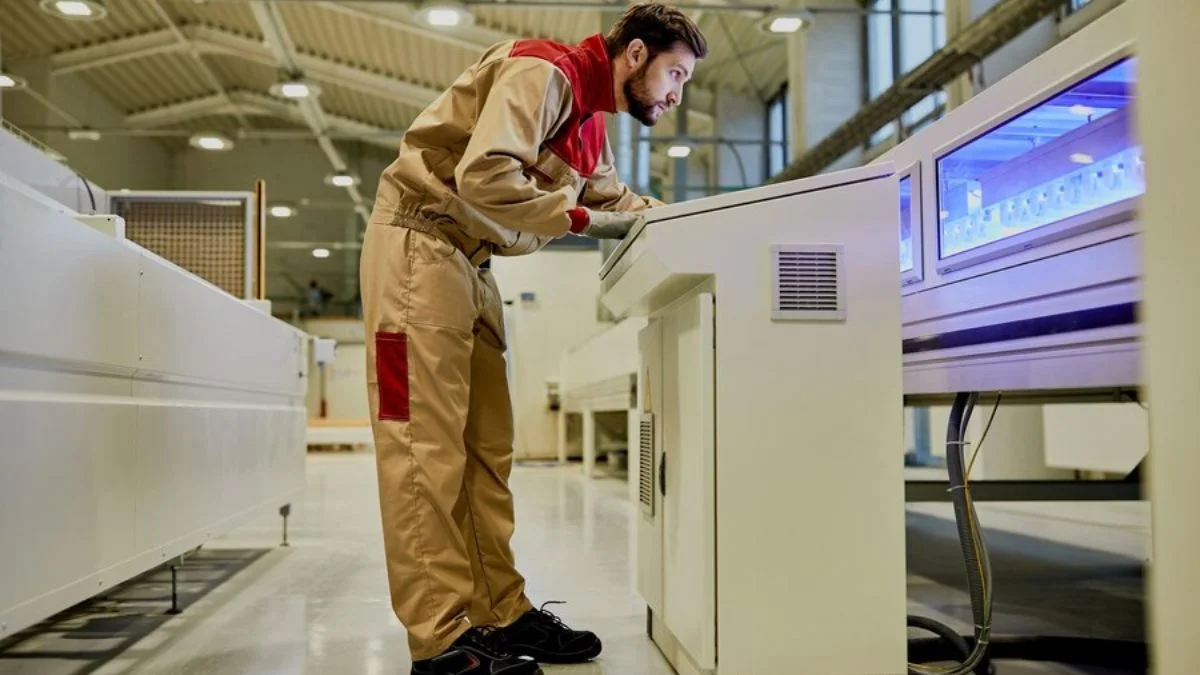In the ever-evolving landscape of manufacturing and product development, rapid prototyping and mold making play crucial roles. If you’re new to these concepts or looking to expand your knowledge, this guide will walk you through everything you need to know. Let’s dive into the world of rapid prototyping companies and mold makers, exploring their processes, benefits, and how they can be pivotal in turning your product ideas into reality.
1. What is Rapid Prototyping?
1.1 Definition and Overview
Rapid prototyping is a method used to quickly fabricate a physical part or assembly using 3D computer-aided design (CAD) data. The goal is to produce a prototype that can be used for testing and validation purposes.
1.2 Key Technologies in Rapid Prototyping
- 3D Printing (Additive Manufacturing)
- CNC Machining
- Stereolithography (SLA)
- Selective Laser Sintering (SLS)
2. Benefits of Rapid Prototyping
2.1 Speed and Efficiency
Rapid prototyping allows for quick turnaround times, meaning you can test and iterate on designs much faster than traditional methods.
2.2 Cost-Effectiveness
By identifying design flaws early, rapid prototyping helps reduce costs associated with manufacturing and material waste.
2.3 Enhanced Design Flexibility
It offers the ability to experiment with different materials and designs, giving you more creative freedom.
3. What are Mold Makers?
3.1 Definition and Role
Mold makers are specialists who design and create molds used for manufacturing parts and products. These molds are essential in processes like injection molding and blow molding.
3.2 Types of Molds
- Injection Molds
- Blow Molds
- Compression Molds
- Transfer Molds
4. The Process of Mold Making
4.1 Design and Planning
The mold-making process begins with designing the mold based on the part’s specifications and requirements.
4.2 Material Selection
Choosing the right material for the mold is critical. Common materials include steel and aluminum.
4.3 Manufacturing the Mold
This step involves precision machining to create the mold cavities and other components.
4.4 Testing and Refinement
Once the mold is created, it’s tested to ensure it meets the desired specifications. Adjustments are made as needed.
5. How Rapid Prototyping and Mold Making Work Together
5.1 Prototyping Before Mold Making
Rapid prototyping can be used to create test models before investing in mold making, ensuring that the design is feasible and functional.
5.2 Reducing Risks
By using prototypes, companies can identify potential issues with mold designs early, reducing the risk of costly mistakes.
5.3 Enhancing Collaboration
Prototypes and molds often involve collaboration between designers, engineers, and manufacturers, ensuring a smoother production process.
6. Choosing the Right Company
6.1 Evaluating Experience and Expertise
When selecting a rapid prototyping or mold-making company, consider their experience and expertise in your specific industry.
6.2 Assessing Technology and Capabilities
Ensure that the company uses the latest technologies and has the capabilities to meet your project requirements.
6.3 Considering Turnaround Time and Costs
Evaluate the company’s turnaround times and pricing to ensure they align with your project needs and budget.
7. Industry Applications
7.1 Automotive Industry
Rapid prototyping and mold making are crucial for developing and testing automotive parts and components.
7.2 Aerospace Industry
In aerospace, precision and reliability are key, making rapid prototyping and high-quality molds essential.
7.3 Consumer Products
For consumer products, rapid prototyping allows companies to quickly test and refine designs to meet market demands.
8. Future Trends in Rapid Prototyping and Mold Making
8.1 Advancements in 3D Printing Technology
New developments in 3D printing are making prototyping faster, more affordable, and capable of using a wider range of materials.
8.2 Integration with Artificial Intelligence
AI is being used to enhance design accuracy and optimize the prototyping and mold-making processes.
8.3 Sustainable Practices
There is a growing focus on using eco-friendly materials and processes to reduce the environmental impact of manufacturing.
9. Common Challenges and Solutions
9.1 Design Limitations
Prototypes and molds may face design constraints. Working closely with experienced professionals can help overcome these challenges.
9.2 Material Selection Issues
Choosing the right material for both prototypes and molds is crucial. Consulting with experts can ensure the best choices are made.
9.3 Cost Management
Balancing quality and cost can be challenging. Look for companies that offer transparent pricing and value for money.
10. Conclusion
In conclusion, both rapid prototyping companies and mold makers play pivotal roles in the product development process. By leveraging the strengths of each, businesses can streamline their operations, reduce costs, and bring innovative products to market faster. Whether you’re working on a new automotive part, a consumer gadget, or an aerospace component, understanding these processes will help you make informed decisions and achieve successful outcomes.
For more helpful information and articles, click here.









